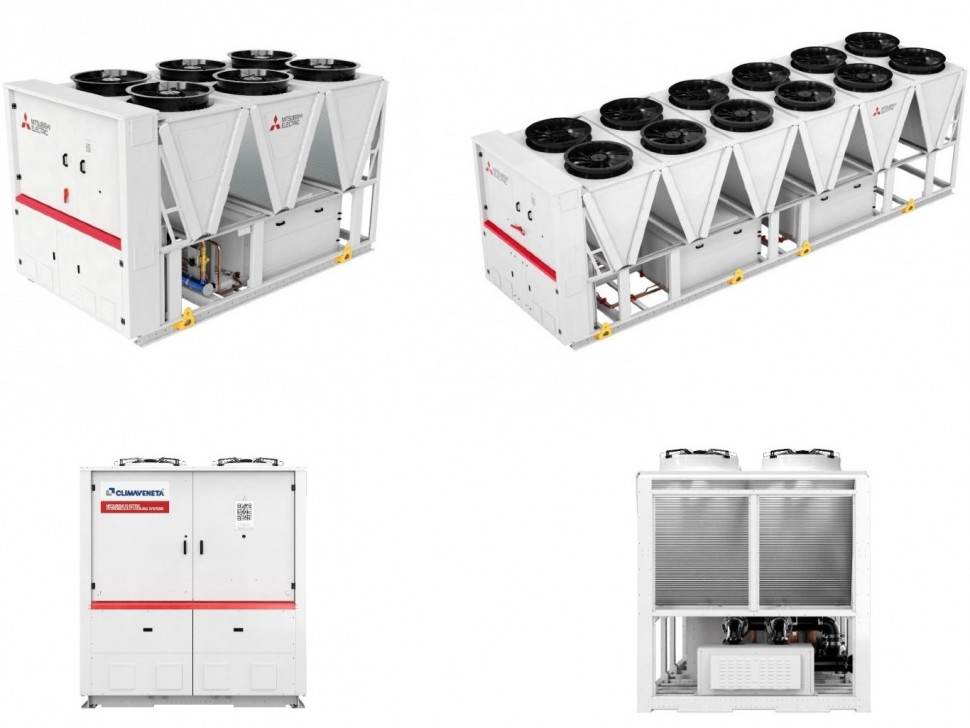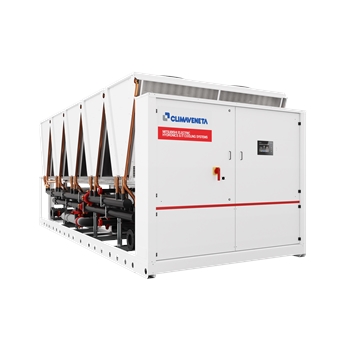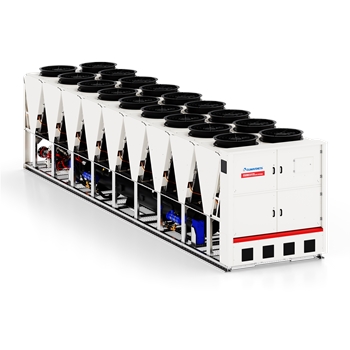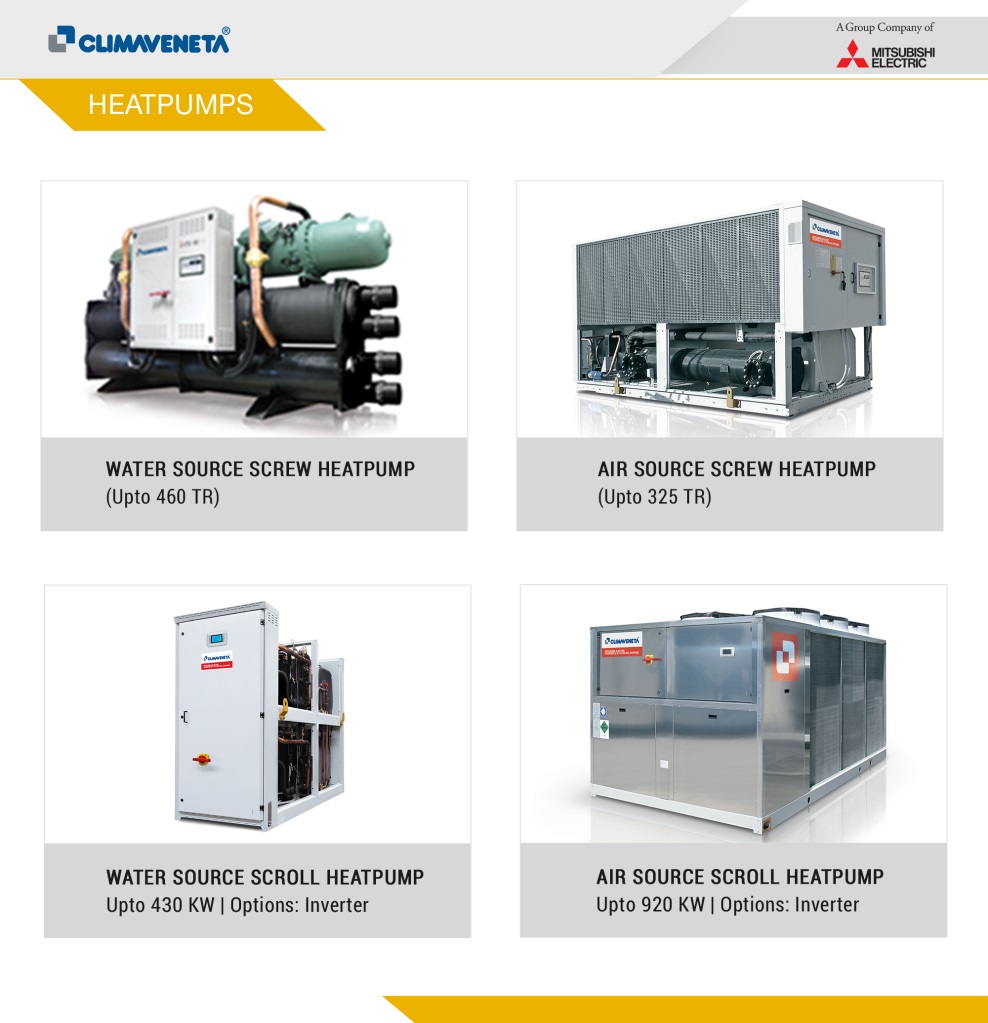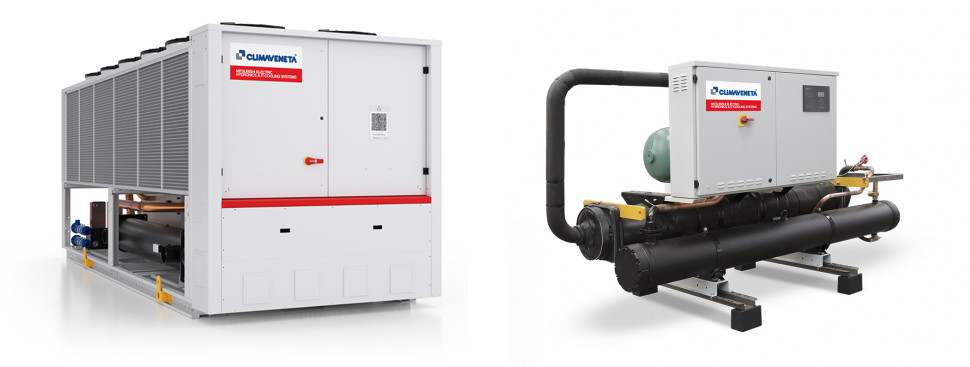 Blog Speed Optimization – Make Google & Users Happy!
Blog Speed Optimization – Make Google & Users Happy!
A Guide to Data Center Cooling Systems: Ensuring Optimal Performance
Written by Climaveneta M » Updated on: June 17th, 2025

Data centres are the beating heart of our digital world, powering everything from online shopping to critical infrastructure. However, this relentless operation generates immense heat, posing a significant challenge to maintaining optimal performance and efficiency.
A well-cooled data center cooling system is not just a luxury; it's a necessity. Inadequate cooling can lead to system failures, data loss, and increased operational costs. In fact, studies show that cooling can account for up to 40% of a data centre's total energy consumption, according to a report by McKinsey & Company.
In this article, we delve into the critical role of data center cooling systems and explore the various options available, including data center chillers,to ensure optimal performance, energy efficiency, and sustainability.
Why do Data Center Cooling Systems Matter?
First things first, why should we care about keeping our data centres cool? Well, there are a few compelling reasons:
1. Performance is King
Ever noticed how your laptop slows down when it gets too hot? The same principle applies to data centres but on a much larger scale. By maintaining optimal temperatures with optimal data center cooling systems, we keep those servers humming along at peak performance.
2. Reliability is Non-Negotiable
In our always-on world, downtime is a dirty word. Overheating can lead to system failures and unplanned outages. Effective cooling, with proper data center chillers for instance, helps ensure that critical IT services stay up and running 24/7.
3. Longevity Saves Money
Let's discuss money. Keeping components cool with effective data center cooling systems extends their lifespan, which means less frequent replacements and lower costs in the long run.
Energy Efficiency is Good for Everyone: Here's a sobering thought - cooling can eat up to 40% of a data centre's total energy use. By implementing efficient data center cooling systems and optimized data center chillers, we can significantly cut energy consumption, which is good for both the bottom line and the environment.
Best Practices for Data Center Cooling Systems
Now that we know why cooling matters, let's dive into how we do it right. The key is to think holistically about your data centre ecosystem, which includes your data center cooling systems and data center chillers. And we, at Climaveneta, experiment with that in our products.
See the Big Picture: Your data center cooling system doesn't exist in isolation. It interacts with the building structure, IT equipment, and power distribution systems. By considering these interactions, you can optimize your overall efficiency.
Master Airflow Management: One of the most effective strategies while creating data center cooling systems is to implement hot and cold aisle containment. This approach separates hot exhaust air from cold intake air, minimizing mixing and maximizing cooling efficiency. It's like keeping your hot coffee and iced tea separate - they both stay at their ideal temperature longer.
Mind the Gaps: Even small openings in your cooling infrastructure can lead to hot air recirculating into cold aisles. Be vigilant about sealing these gaps to maintain the integrity of your data center cooling system.
Tame the Cable Jungle: We've all seen it - the tangled mess of cables that seems to multiply when you're not looking. Beyond being an eyesore, poorly managed cables can obstruct airflow and create hotspots. Invest time in organizing your cables to ensure smooth airflow throughout your data centre.
Strategic Equipment Placement: How you arrange your servers and other equipment, like the data center chiller, can make a big difference in cooling effectiveness. Think of it like arranging furniture in your living room - you want to create pathways for air to flow freely.
Cooling Technologies
When it comes to data center cooling systems, there's no one-size-fits-all solution. Let's explore some of the most common methods:
Air-based Cooling
Computer Room Air Conditioning (CRAC): These units are the workhorses of many data centres. They cool air directly and often include humidifiers to maintain optimal moisture levels. They're reliable but can be energy-intensive components of a data center cooling system.
Computer Room Air Handlers (CRAH): These systems use chilled water to cool air from the data center chiller. While they require more infrastructure, they generally offer better energy efficiency than CRAC units.
Liquid-based Cooling
Chilled Water Systems: These data center cooling systems circulate chilled water to absorb heat from servers, then transfer it to the data center chillers for cooling. They're highly efficient but require careful planning to implement.
Direct Liquid Cooling: This method delivers coolant directly to heat-generating components. It provides precise temperature control and can handle high-density computing environments, but it's more complex to set up and maintain.
Hybrid Technologies
Some data centres are finding success with hybrid approaches that combine air and liquid cooling methods. These data center cooling systems can offer the best of both worlds, optimizing performance and efficiency.
Each of these cooling methods has its pros and cons. Air-based systems are generally simpler to implement and maintain but may struggle with high-density environments. Liquid-based systems offer superior cooling capacity and efficiency, especially for high-performance computing, but they're more complex and can be costlier to install.
The choice of cooling technology depends on various factors, including your data centre's size, density, location, and budget. It's not unlike choosing between central air conditioning and a swamp cooler for your home - what works best depends on your specific situation and the capabilities of your data center cooling system.
Looking to the Future
As data centres continue to evolve, so too will data center cooling systems. We're seeing exciting developments in areas like artificial intelligence for predictive maintenance, advanced heat recovery systems, and even underwater and underground data centres that leverage natural cooling.
The push for greater energy efficiency is also driving innovation. Many data centres are exploring free cooling techniques that use outside air or water sources to reduce reliance on mechanical cooling. Others are experimenting with raising operating temperatures to reduce cooling needs without compromising performance.
Wrapping It Up
In the end, an effective data centre cooling system is all about balance. It's a delicate dance between maintaining optimal performance, ensuring reliability, maximizing energy efficiency, and managing costs. By implementing best practices and choosing the right cooling technologies for your specific needs, you can keep your data centre running cool, calm, and collected.
Remember, a well-cooled data centre isn't just about avoiding problems - it's about creating opportunities. With the right data center cooling system, you can push the boundaries of performance, reliability, and efficiency, setting the stage for innovation and growth in our increasingly digital world.
Note: IndiBlogHub features both user-submitted and editorial content. We do not verify third-party contributions. Read our Disclaimer and Privacy Policyfor details.
Copyright © 2019-2025 IndiBlogHub.com. All rights reserved. Hosted on DigitalOcean for fast, reliable performance.



